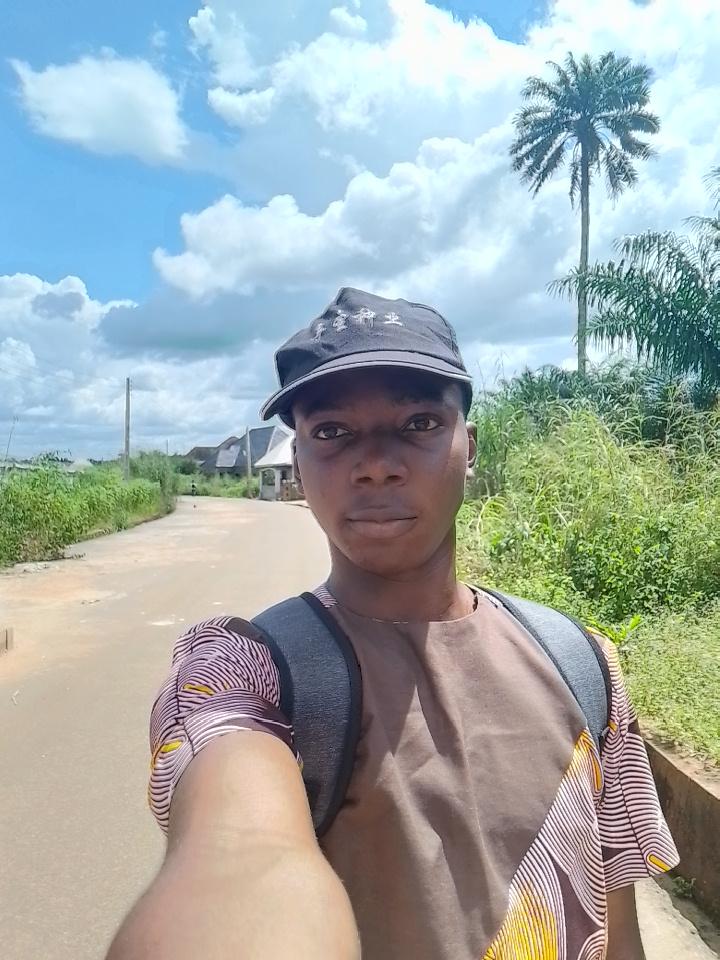👍👍
Sponsored Advertisements
THE AFRICAN HERITAGE
-
-
-
-
-
Wow 😲 interesting.
Mind checking out my jokes too 🤣🤣🤣-
-
-
-
Hmm still trying our best to make it lifely thou
-
True.. already following you .. please do the same.. Nice jokes btw
-
-
-
Leave a Reply
New Discussions
-
konnect cash out Every 25th of a new month

Konnect Official
17 mins ago99 -
Earn in Dollars

King
30 mins ago00 -
The most expensive thing in this picture is not even the car.. oh God 💔

Mich Elle
31 mins ago00 -
My mind cut, cause I think say na me dem dey find 😂

Mich Elle
37 mins ago00 -
I trust in you, Lord.

Mich Elle
38 mins ago00

















Luciusace
60 days agoWhen most people think of mathematics, they imagine Greek philosophers or modern classrooms filled with chalkboards. But what if I told you that Africa has been a silent guardian of mathematical wisdom for centuries?
Take the fractal. Before computers and algorithms, African societies were building entire villages, textiles, and artworks based on fractal patterns—self-repeating designs that stretch from the microscopic to the cosmic. In Mali, the layout of towns like Ba-ila resembled fractal geometry, spiraling outward from the center. In Ethiopia, weaving patterns echoed recursive mathematical sequences long before they had official “names” in textbooks.
And then there’s the Ishango Bone, discovered in the Congo region, believed to be over 20,000 years old. It carries markings that many scholars interpret as an early form of arithmetic—possibly even a lunar calendar. Imagine that: long before the age of formal equations, Africans were already calculating, measuring, and predicting time with precision.
This history matters because it reminds us that math isn’t “foreign” to Africa—it is part of our DNA. Unfortunately, many students grow up believing math is just a Western subject, divorced from culture and creativity. Yet the opposite is true: every woven fabric, every drumbeat rhythm, every architectural marvel on the continent carries hidden mathematics.
So, the next time you solve an equation, don’t just think of it as abstract logic. Think of it as a connection to ancestors who used patterns to understand life itself. Math is not just numbers on a page—it’s our shared human heritage, and Africa’s fingerprints are all over it.